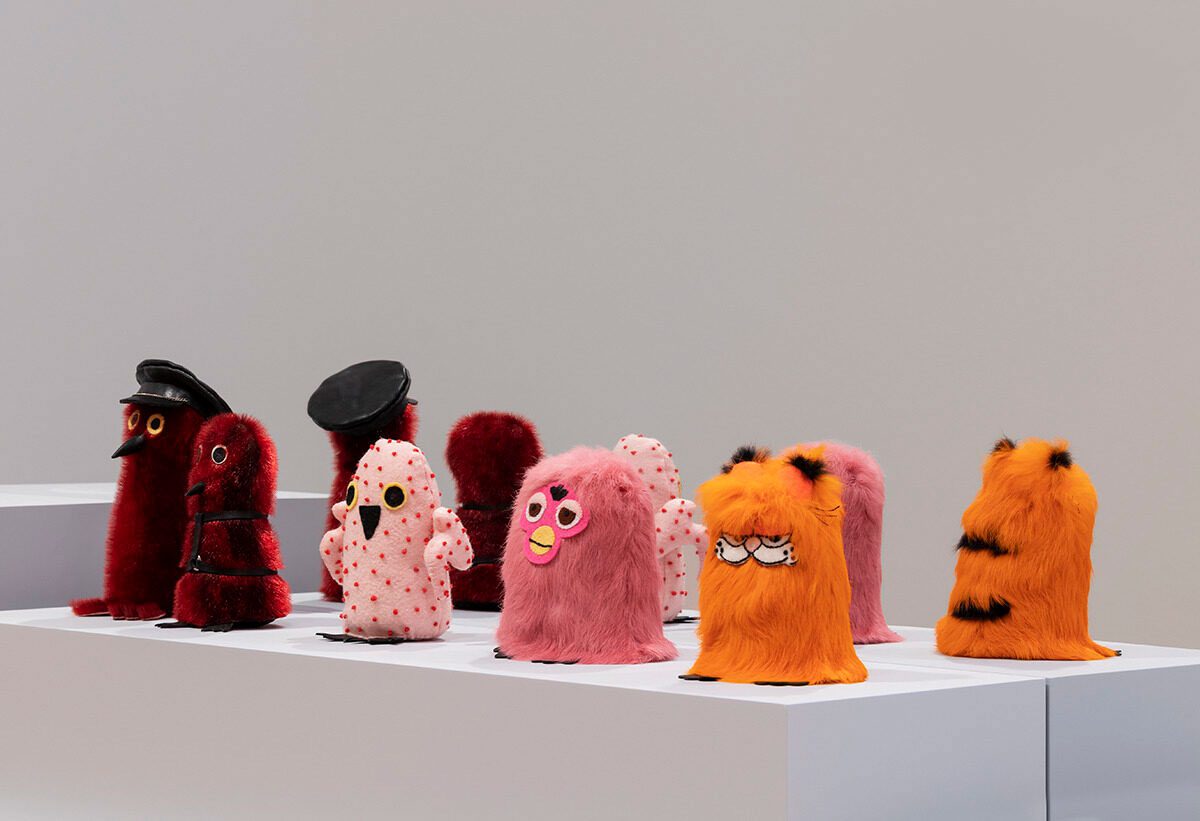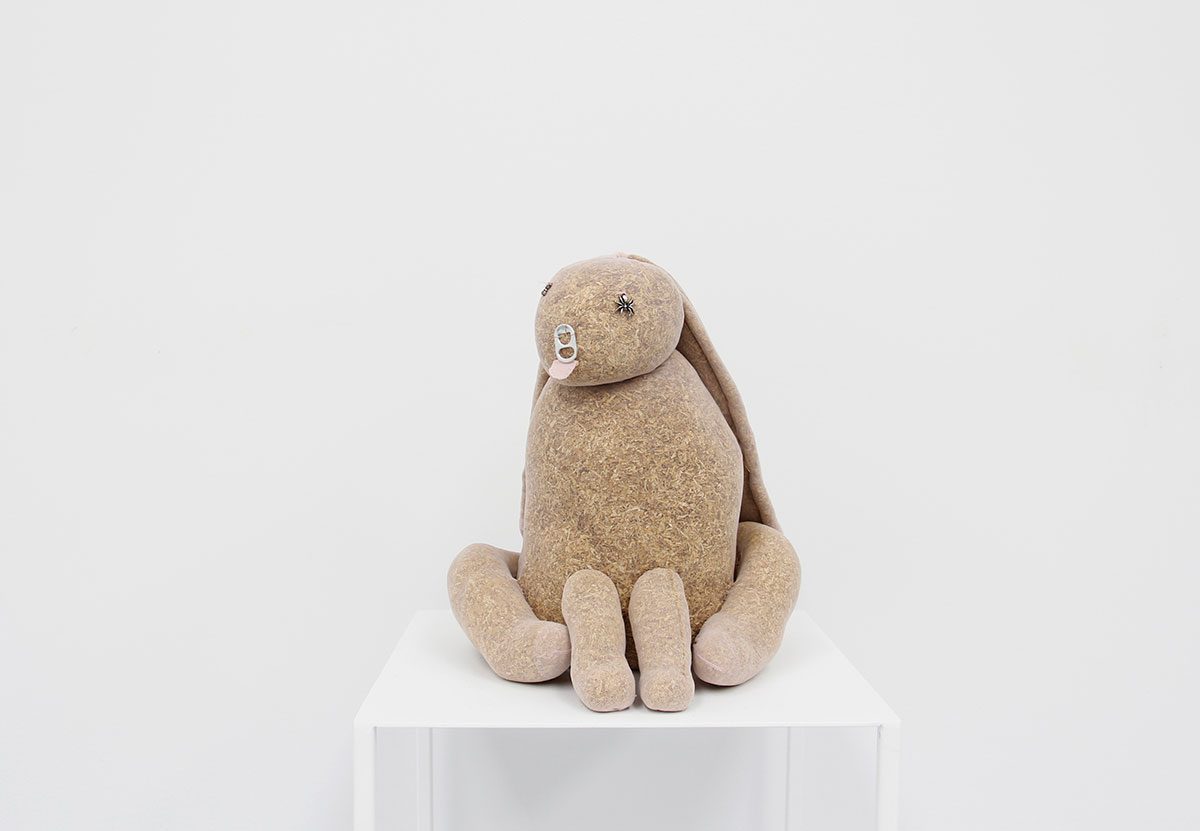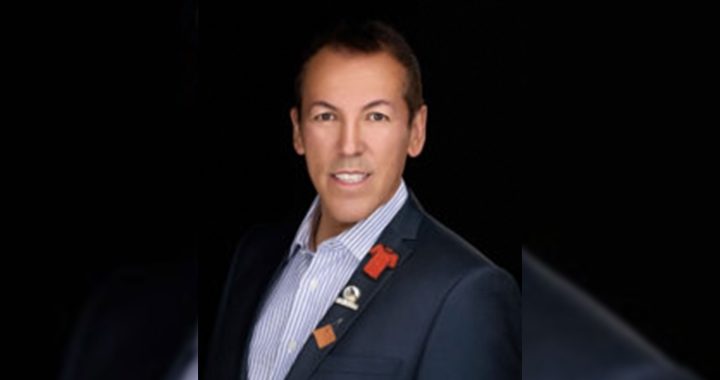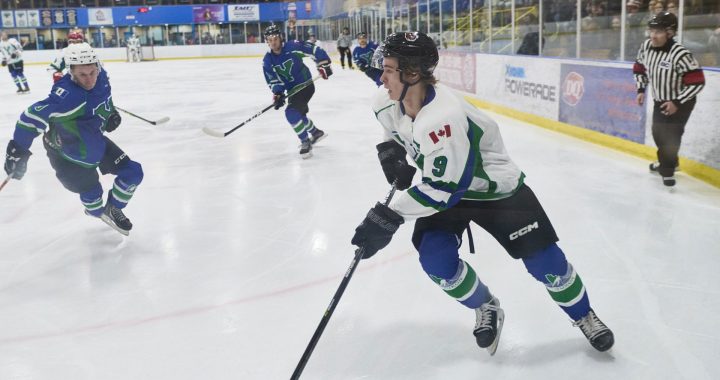A prestigious art prize worth $100,000 may go to an Indigenous visual artist this November.
Kablusiak And Gabrielle L’Hirondelle Hill are two of five artists short-listed for the 2023 Sobey Art Award.
“It’s a beautiful type of overwhelming,” says artist Kablusiak.
Kablusiak is a queer Inuvialuk artist whose work explores themes including sexuality, nostalgia, and the diaspora of being an Inuk living in the prairies.
Based in Calgary and originally from Yellowknife, their family is from the western Arctic hamlets of Sachs Harbour and Tuktoyaktuk.
This is Kablusiak’s second time being short-listed for the award, but says the jitters don’t go away.
“It’s so cool. I feel like there’s very little words to capture the feelings of it. Been calling it surreal a lot,“ says Kablusiak.
Amongst their work, you can find toys that look like the lasagna-loving cat Garfield made out of rabbit fur and references to popular TV show Rupaul’s Drag Race mixed with elements that take heavily from their Inuit culture.

They carve soapstone into cheeky, everyday items like condom wrappers, cigarettes and menstrual cups as a way to subvert the ways people think of Inuit art.
“I think it’s a way for me to… remind people that Inuit are contemporary. And we exist in this current world and, you know, stepping away from archaic ideas of art,” says Kablusiak. “Blending that like pop culture and nostalgia and everything, it’s just is like a way for me to express and situate myself as a person who was born up north and lives down south.”
Toys made out of seal skin and dressed in bondage attire make a colourful nod to sexuality.
“It’s easy to forget about sexuality,” says Kablusiak, “I think it’s fun to bring in different notions into contemporary artwork. [B]ring attention to these issues and kind of normalize everything too.”
Kablusiak says exploring Inuit diaspora is entrenched in their work.
“It’s definitely reflective in my work of, you know, acknowledging this displacement but also acknowledging that, you know, you can be Inuk and you could live in the city and you could make work about Garfield and it’s still, like, Inuit art,” says Kablusiak.
They say of all the work they’ve done, their pride lies in making their mom proud.
“Being able to live this, you know, life of expression is very special.”
The Sobey Art Award is an annual prize has been awarded to Canadian visual artists since 2002 by the Sobey Art Foundation. Though the winner receives the top prize of $100,000, the four other short-listed artists will each receive $25,000 for their contribution to contemporary Canadian art.
‘A humbling experience’
Métis artist Gabrielle L’Hirondelle Hill says it’s “quite humbling” to be short-listed for an award whose previous winner’s include Indigenous artists Brian Jungen and Annie Pootoogook.
Currently based in Vancouver, Hill has maternal roots in the enfranchised communities of the Michel and Papachase bands and has paternal English ancestry.
She says she uses art as a way to think with her body.
“Generally, I think of art as like a form of research. As a way of looking into and exploring ideas that I’m interested in,” says Hill. “Materially, I use items from my everyday life – I like to think of items as things that pass through many hands, had a life of their own, and maybe carry that charge with them still.”
Hill creates sculptures, collages, works on paper – pieces she says are tactile and often described as delicate, like her tobacco-filled pantyhose rabbit sculptures.

She became interested in the image of rabbits after working on a project with BUSH Gallery called Coney Island Baby, where she and a few others learned how to trap, skin, and process rabbits.
“As we did that, I did a lot of thinking about rabbits and their connotations in this world and how they are in some ways like a denigrated species in line with, you know, misogynistic sort of denigration of women,” says Hill, pointing out concepts like ‘ski bunnies’ and Playboy Bunnies.
A lot of Hill’s art reflects her interest in alternative economies to capitalism, as well as the ways Indigenous economies have survived the “violent capitalist imposition”.
“If you think about, you know, restrictions on hunting or fishing or being on the land, that’s also a restriction of an economic practice and in my mind it’s very intentionally a part of … the project of capitalism,” says Hill, “Practices that survive that, you know, offer an alternative and offer a threat … I find very hopeful.”
No matter who may win the $100,000 prize this upcoming November, Hill says everyone’s art is valuable.
“I think that there’s this kind of funny idea in the world that that some people are artists and some people are great artists and I really don’t think that’s the truth, “says Hill, “I think that … everybody’s an artist and art is about the making and the best art comes from people.”










